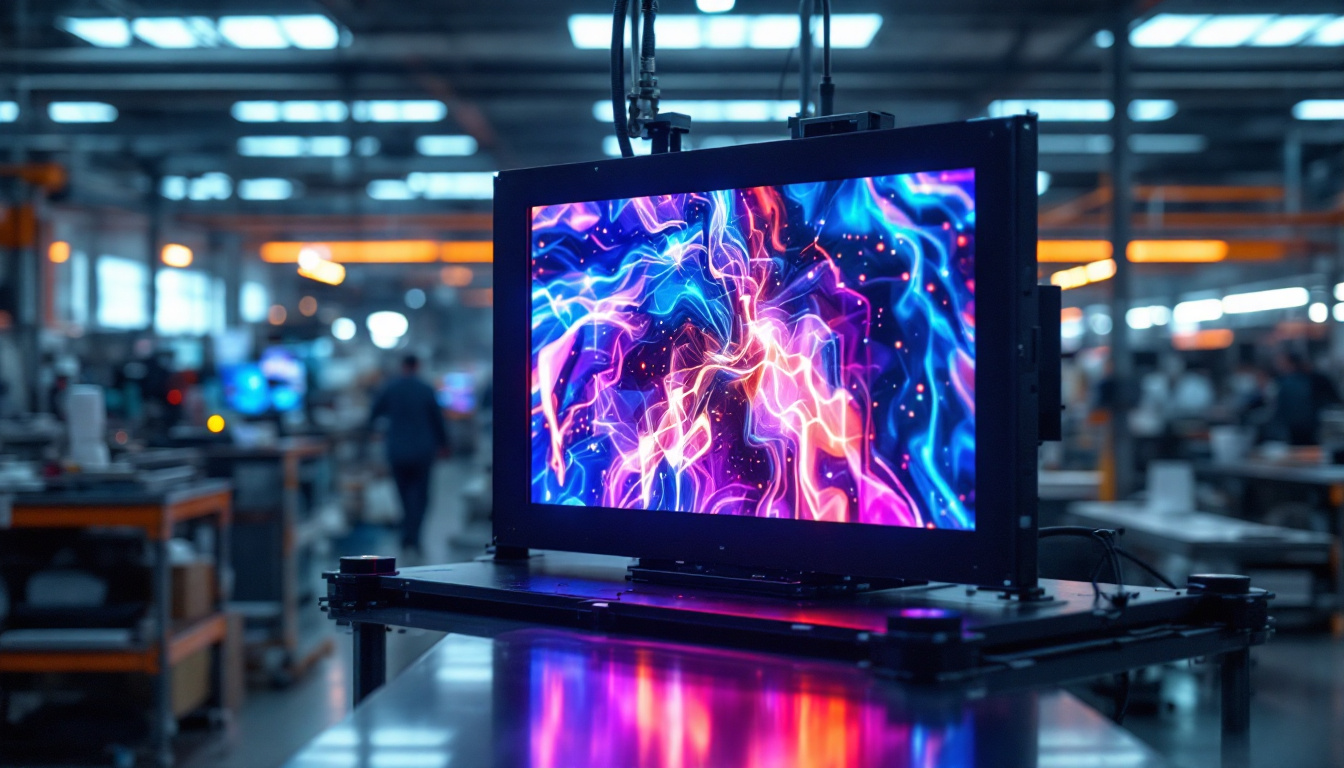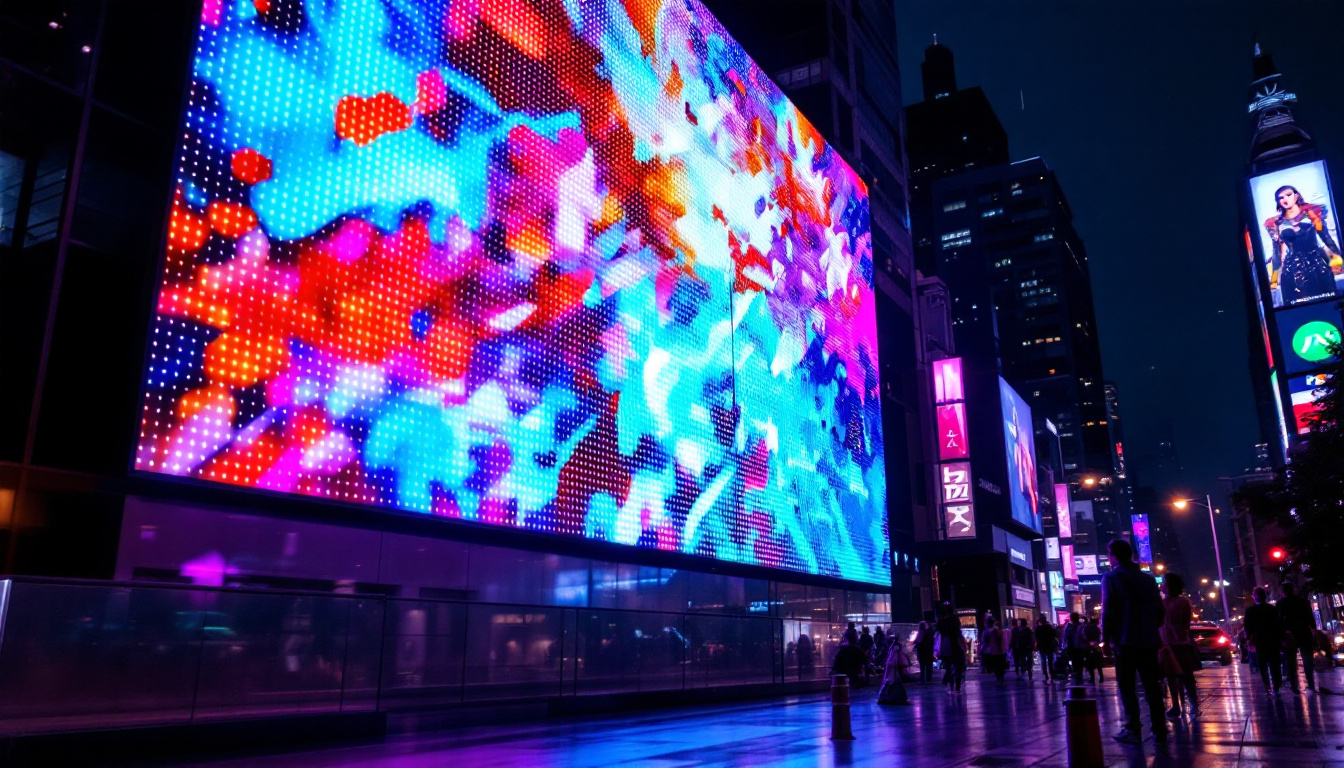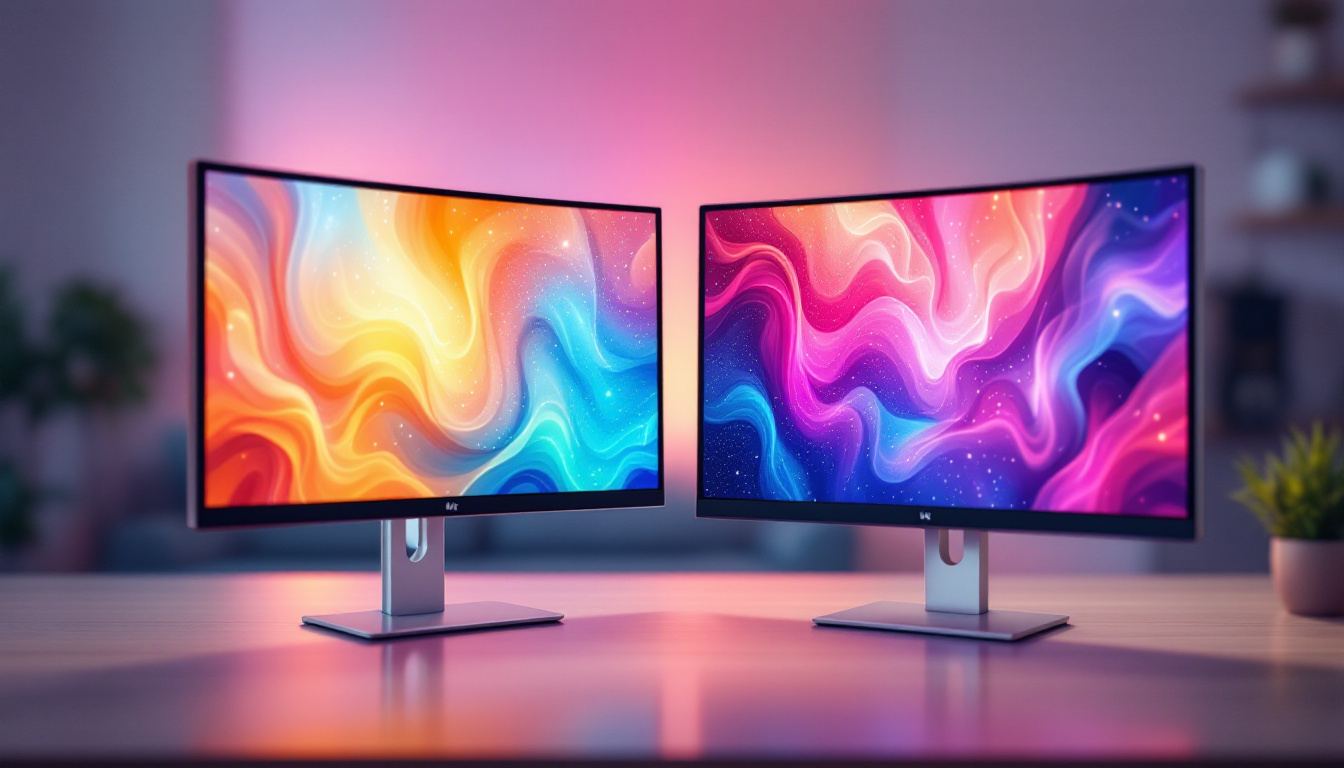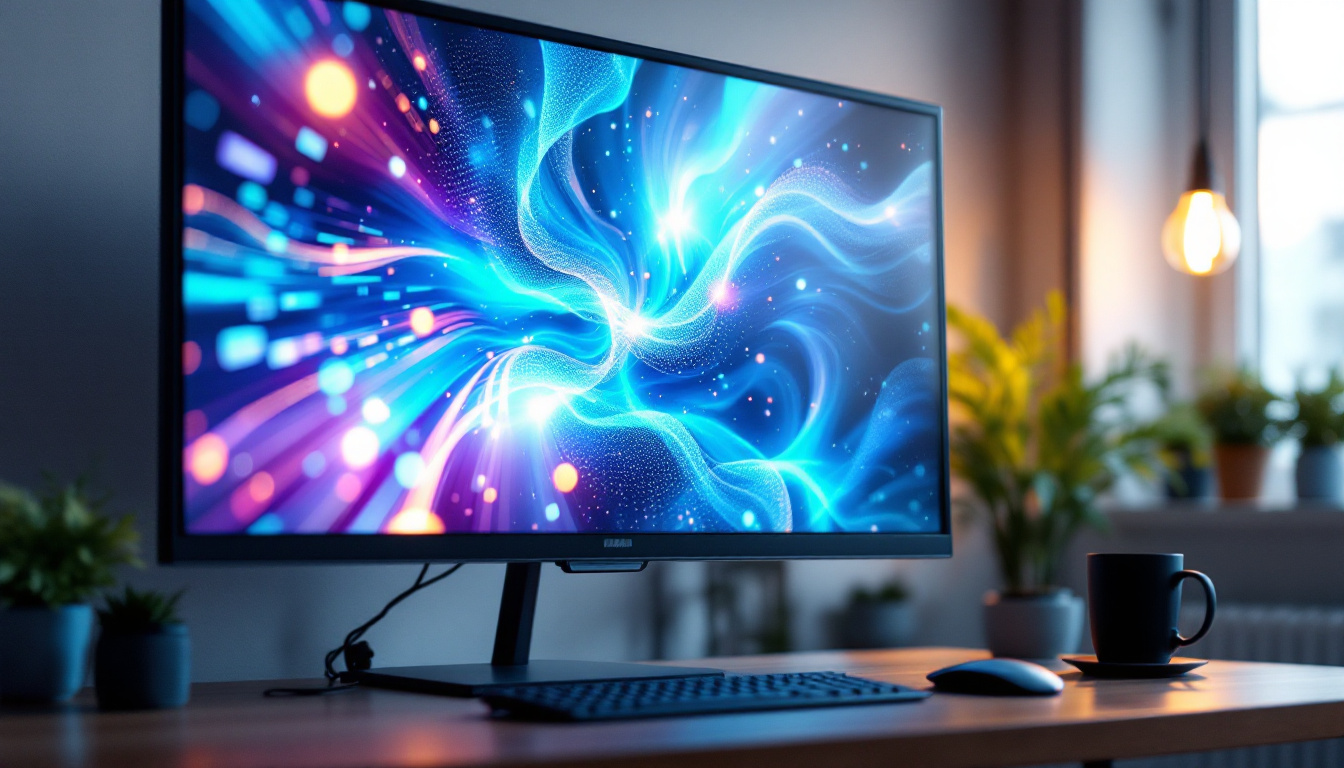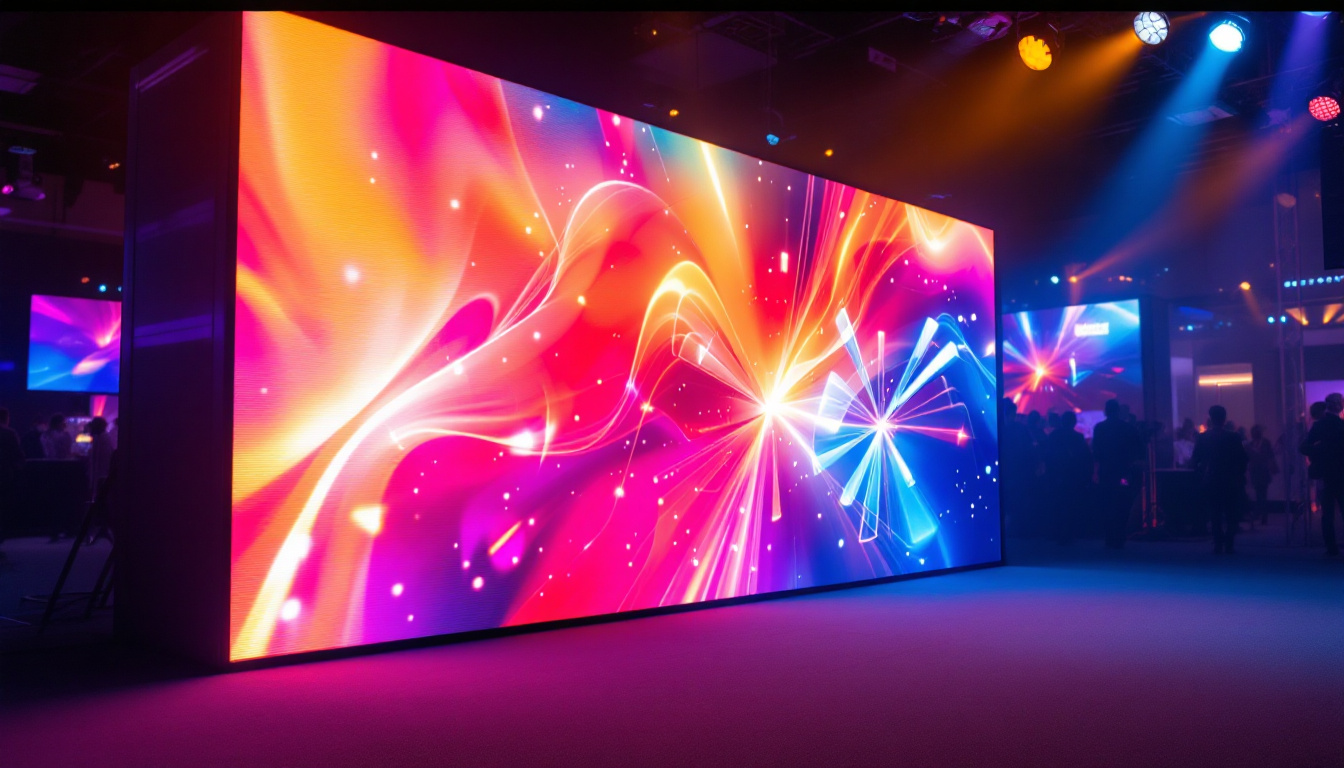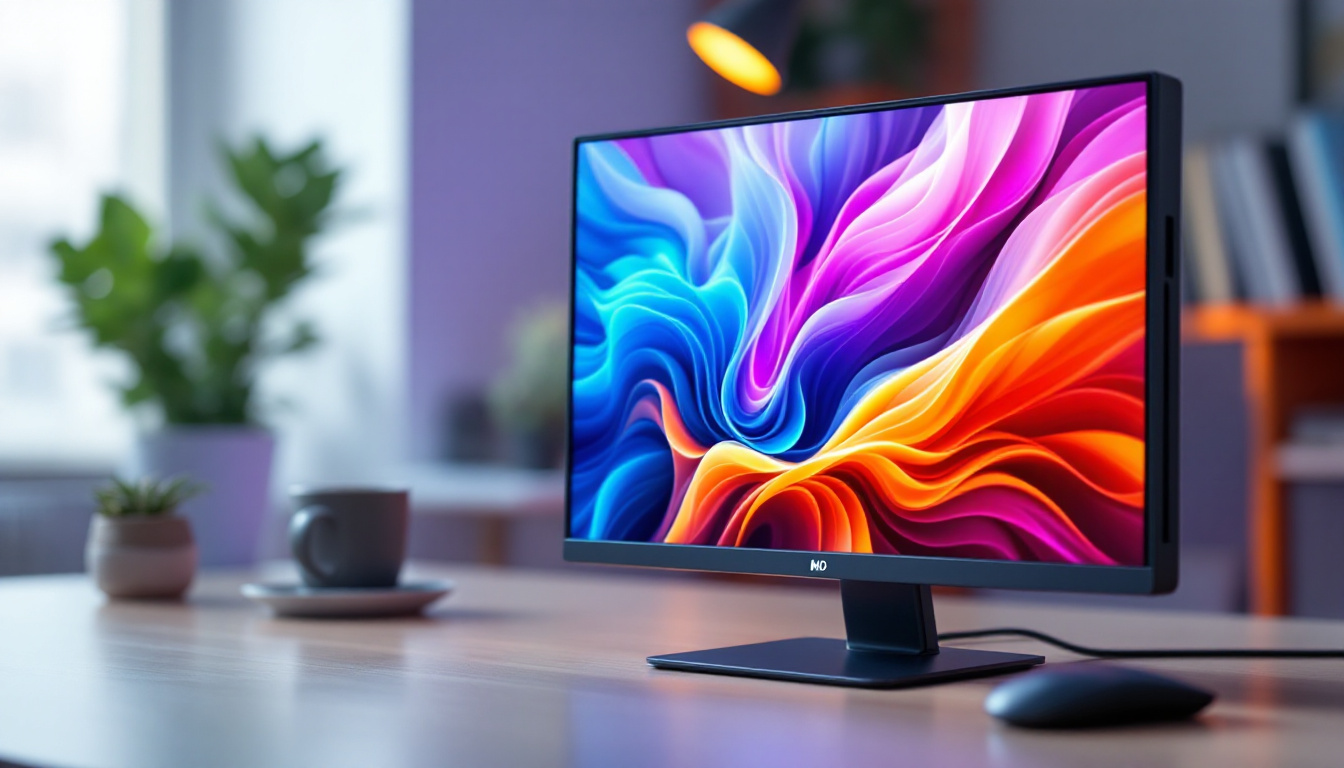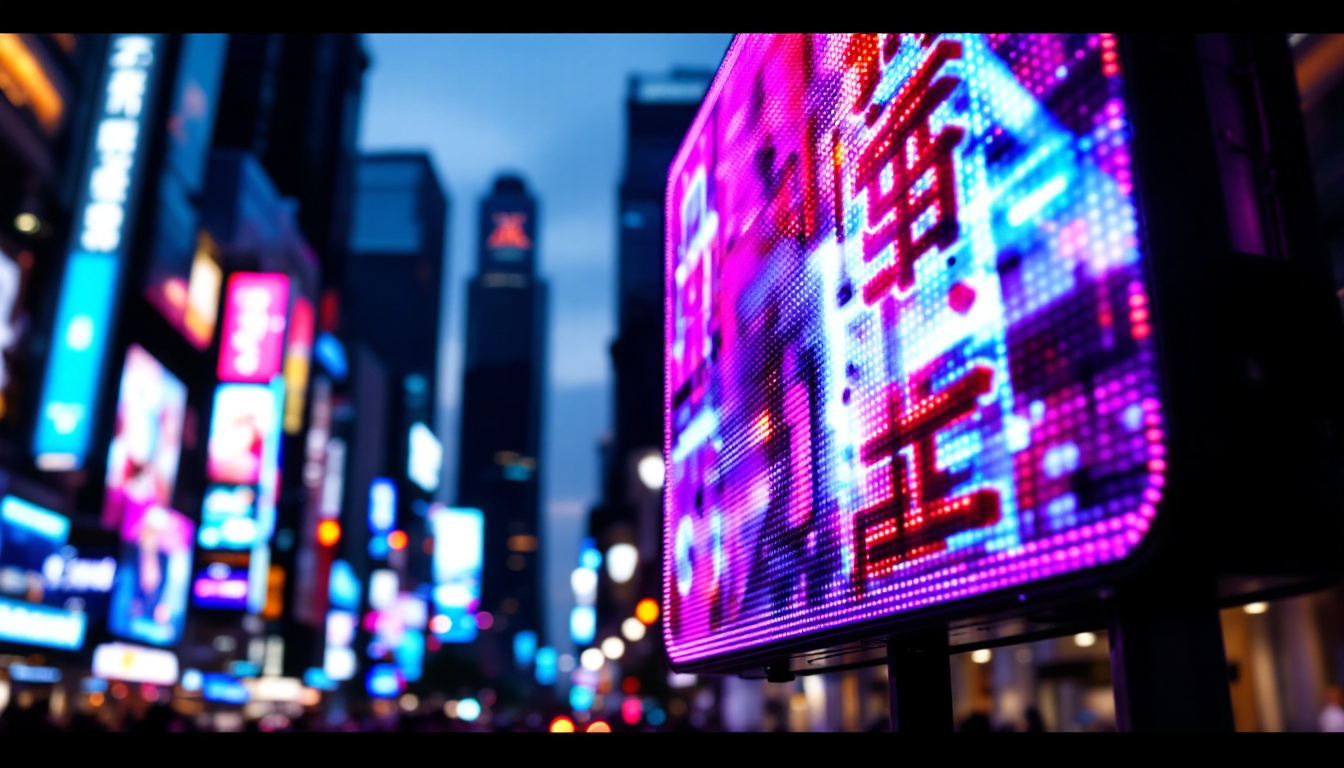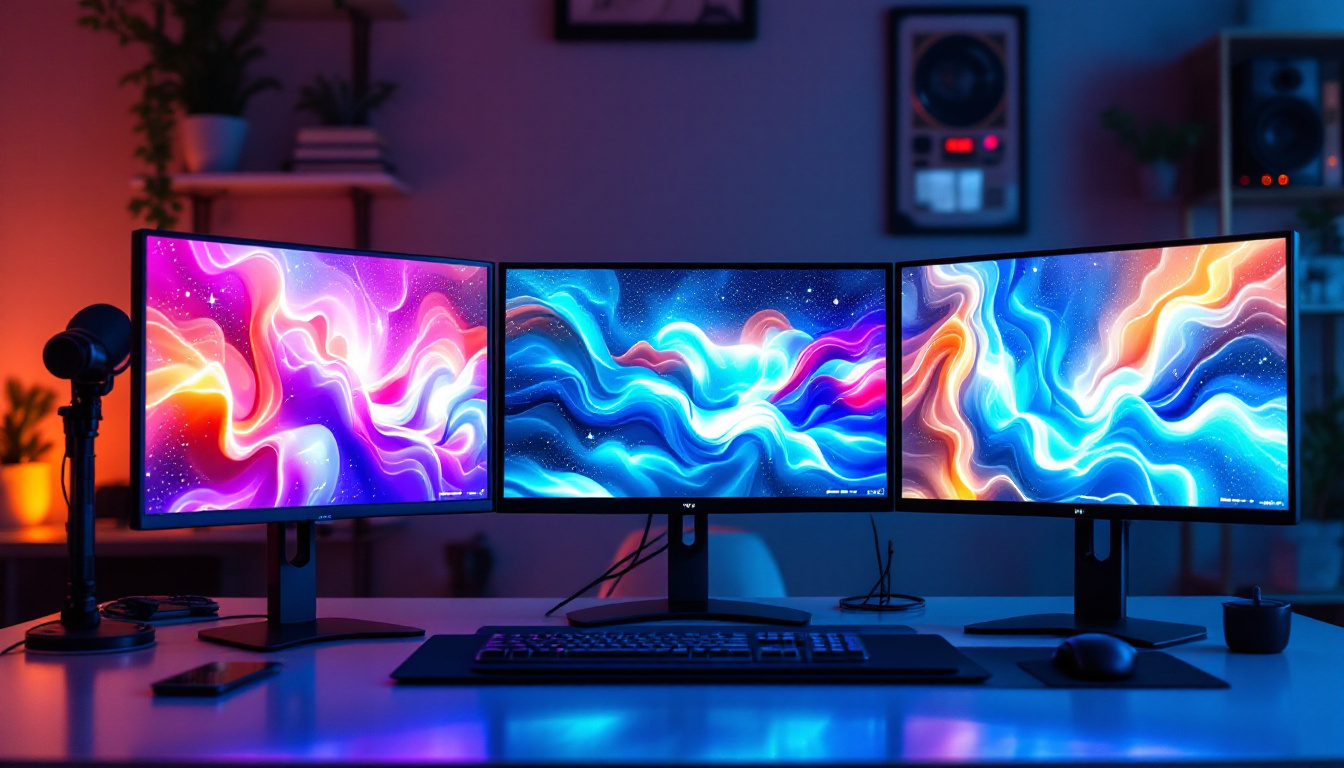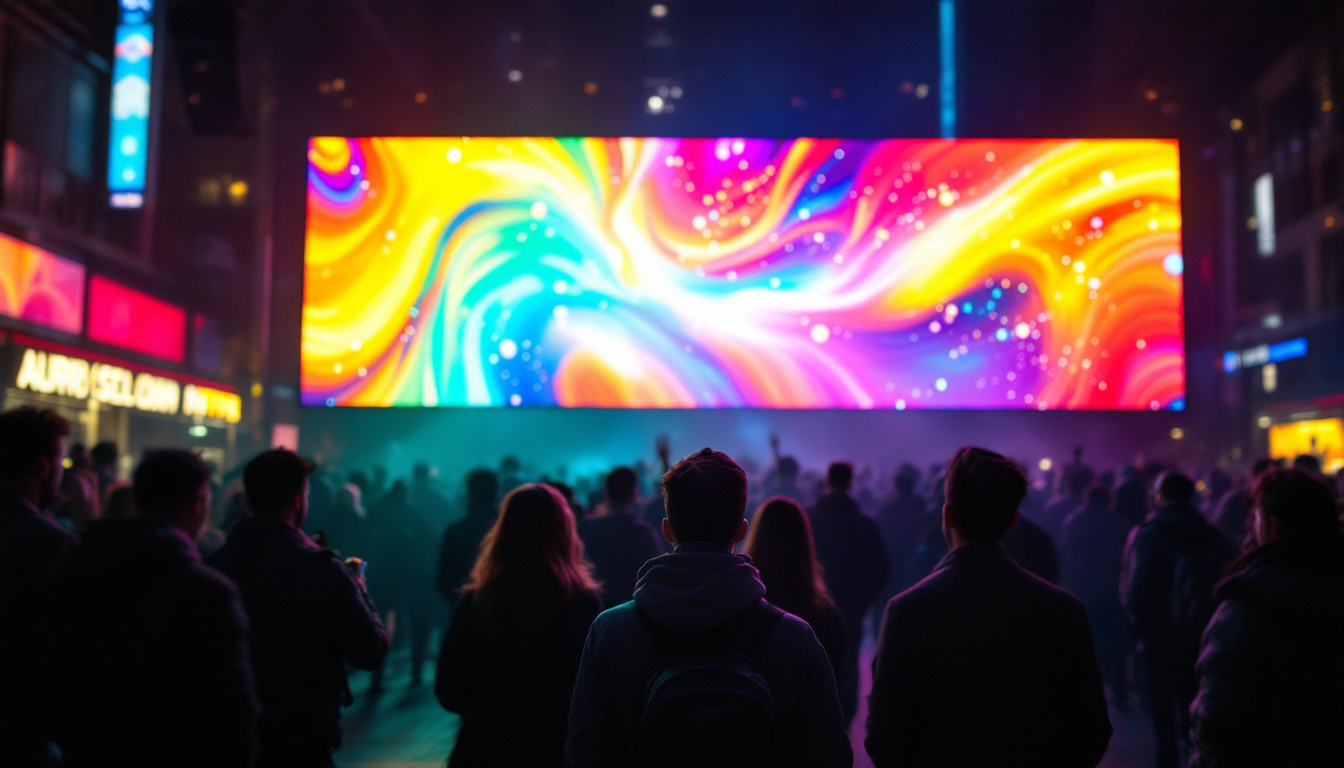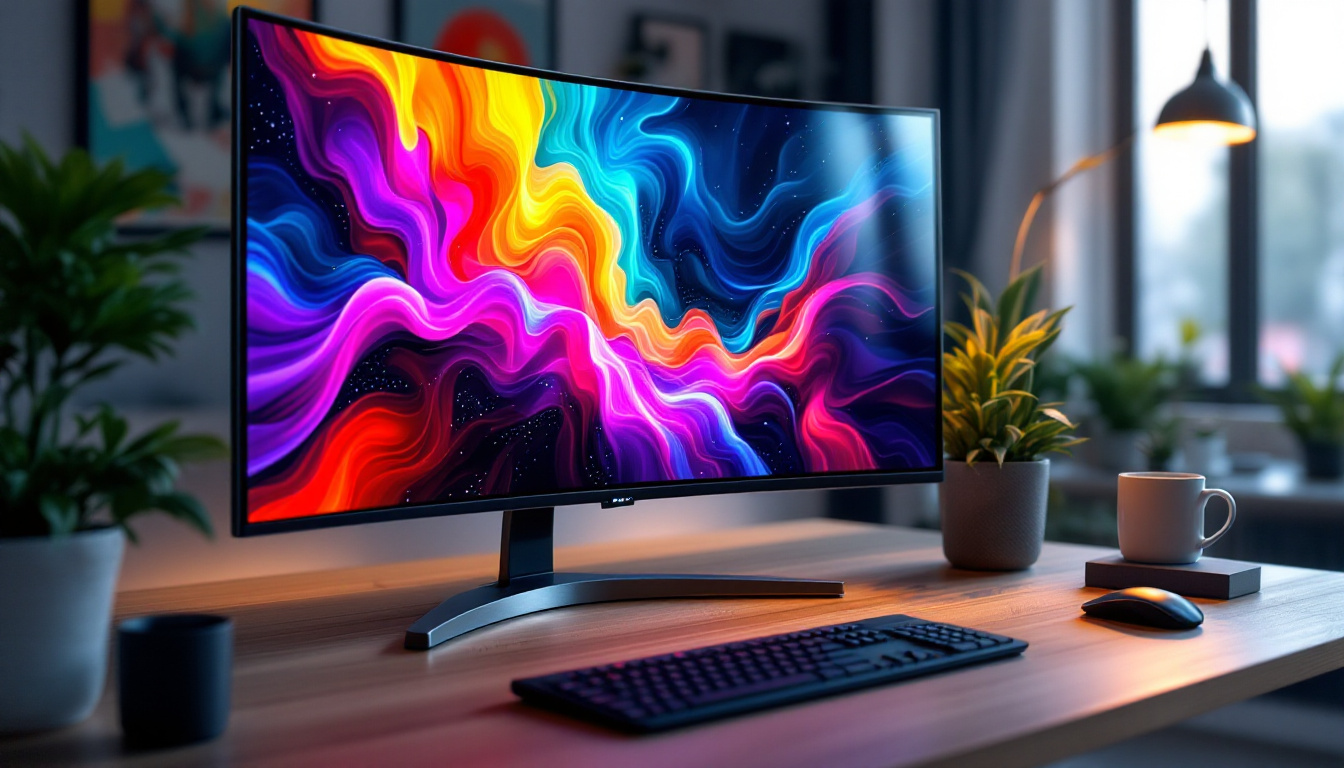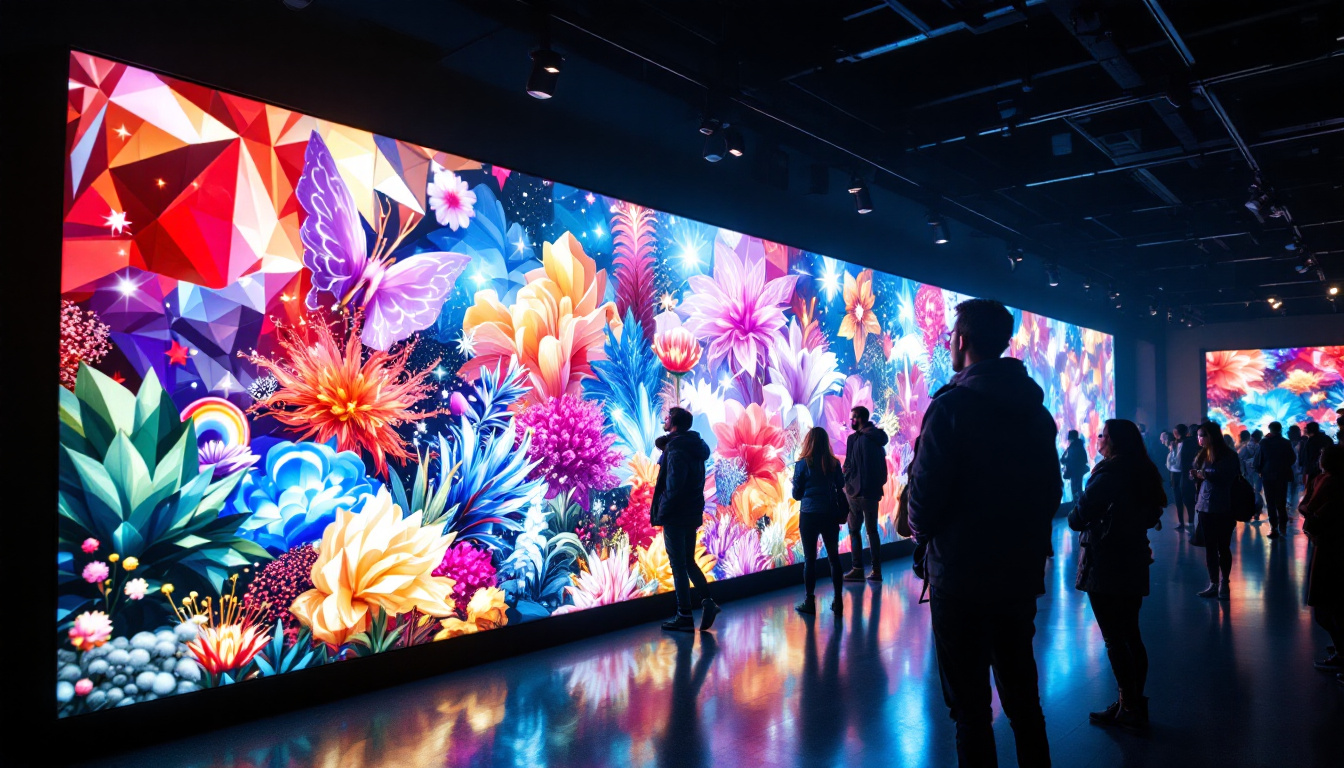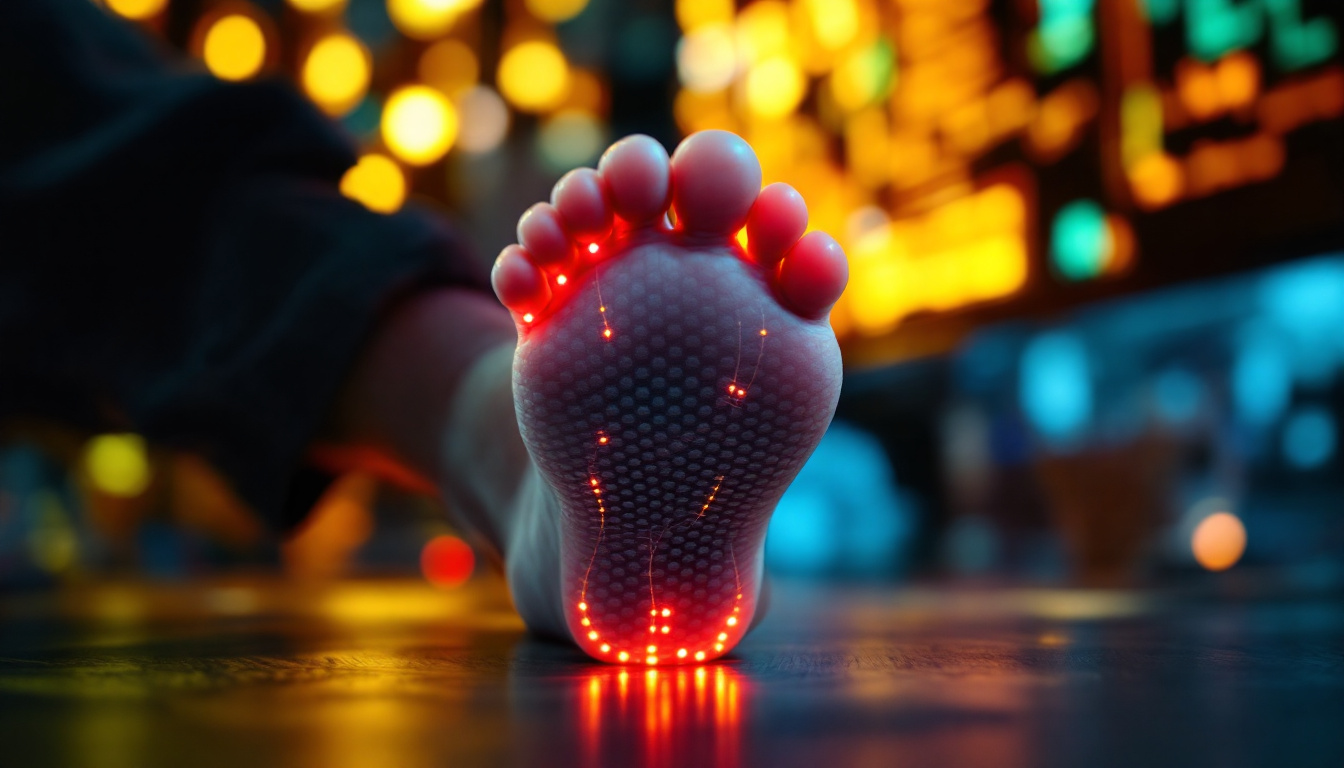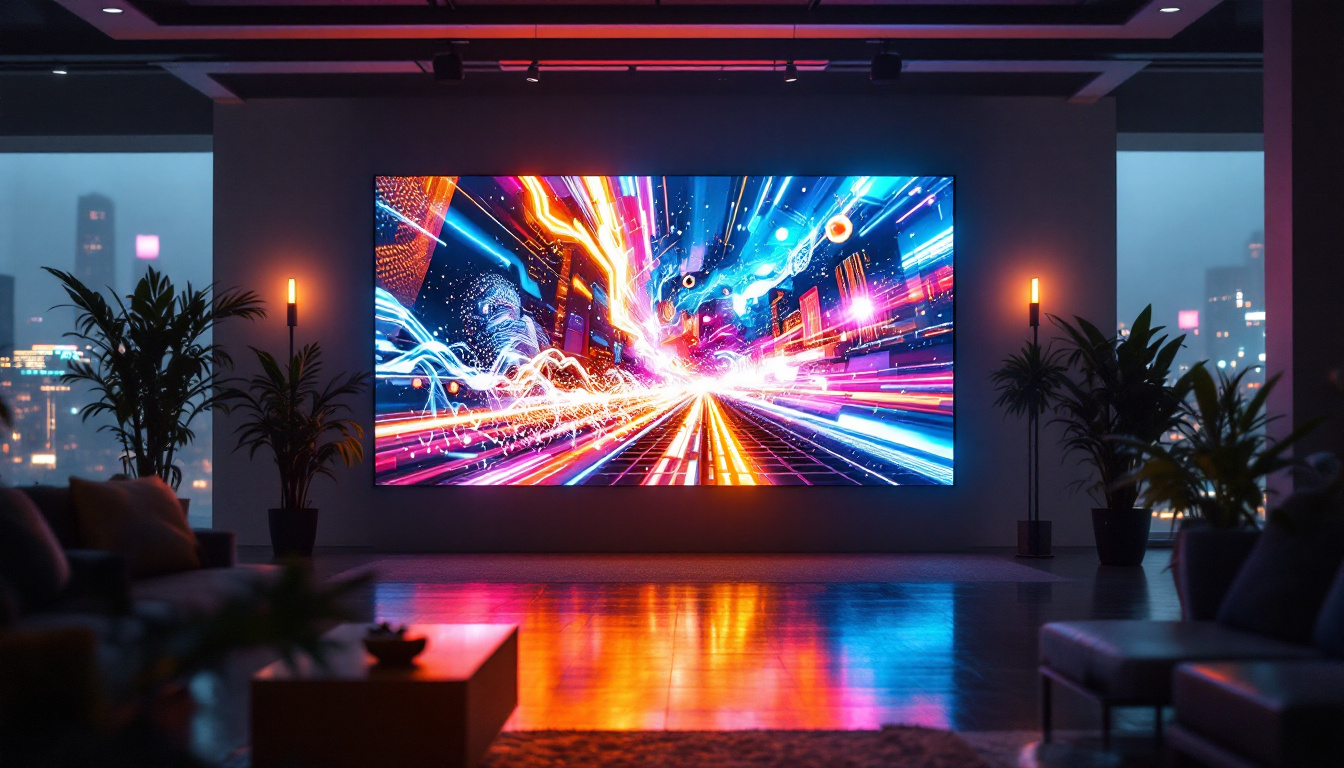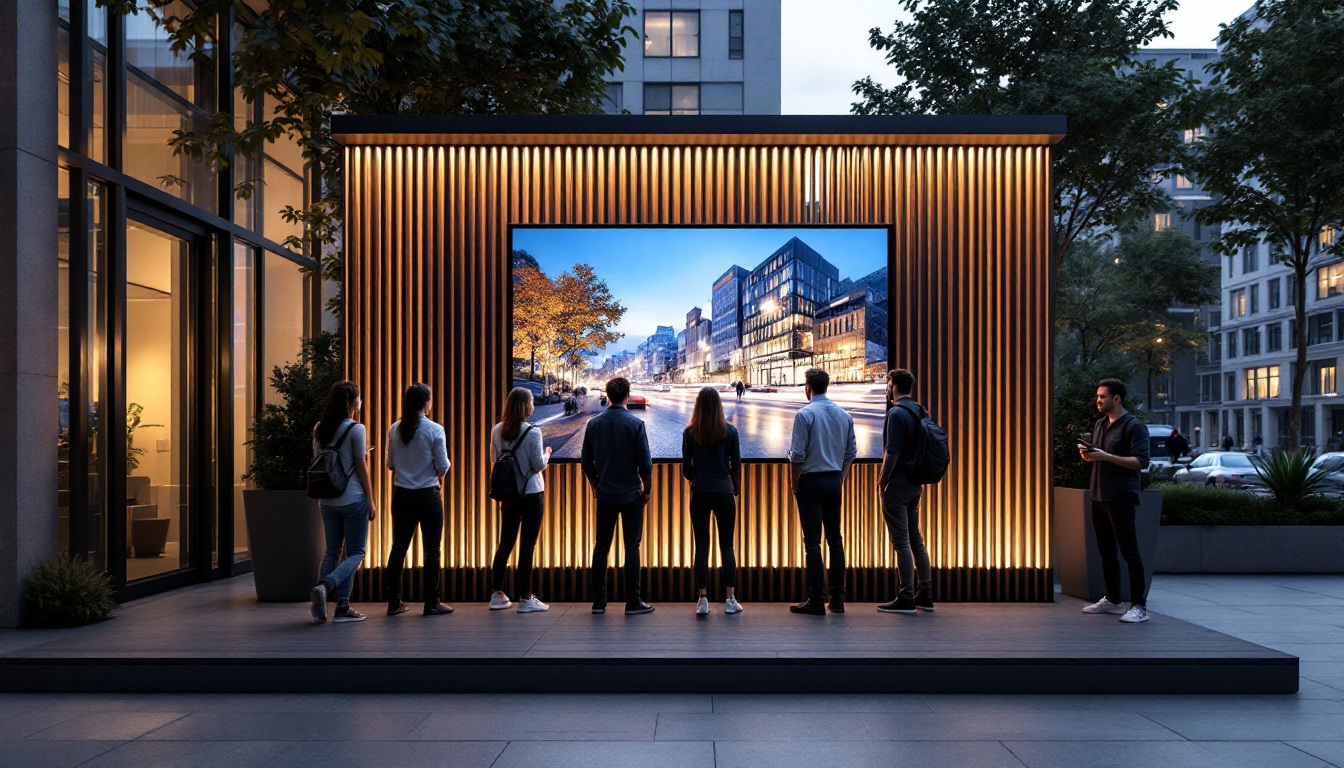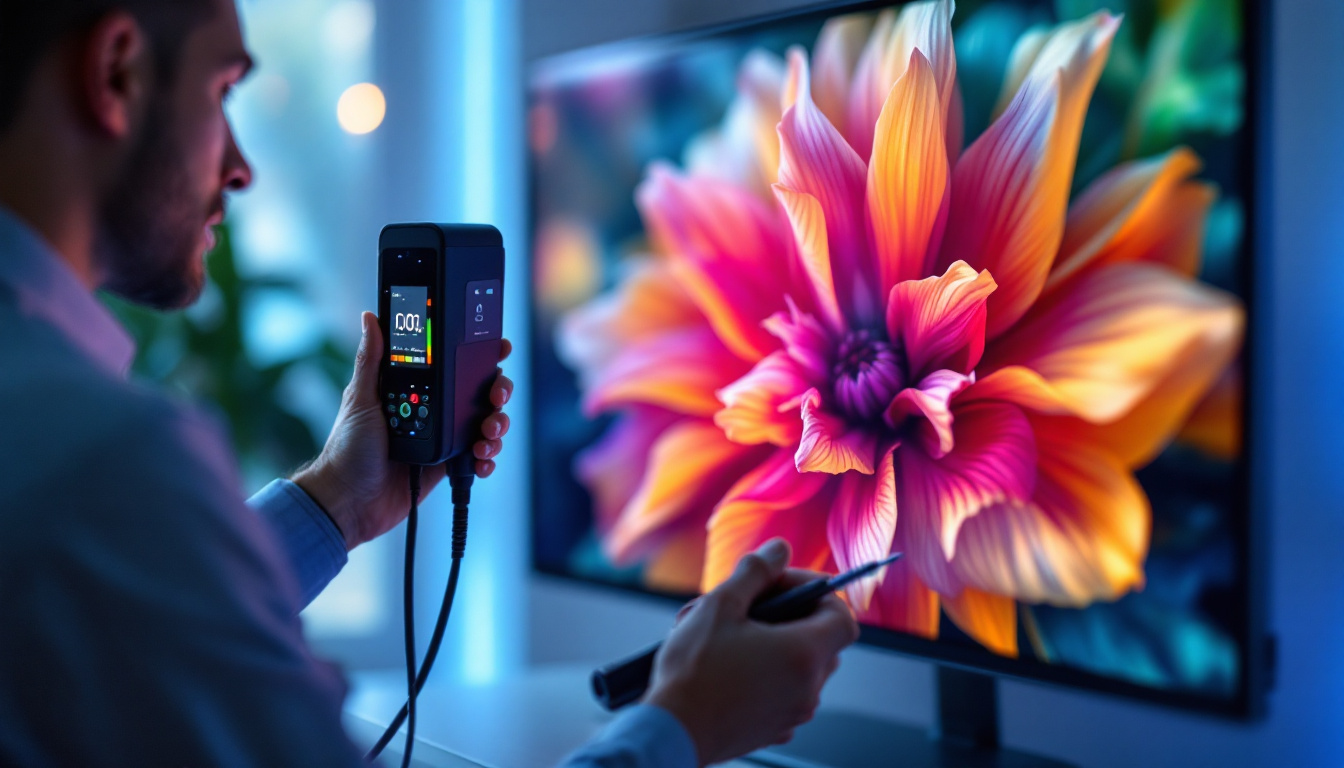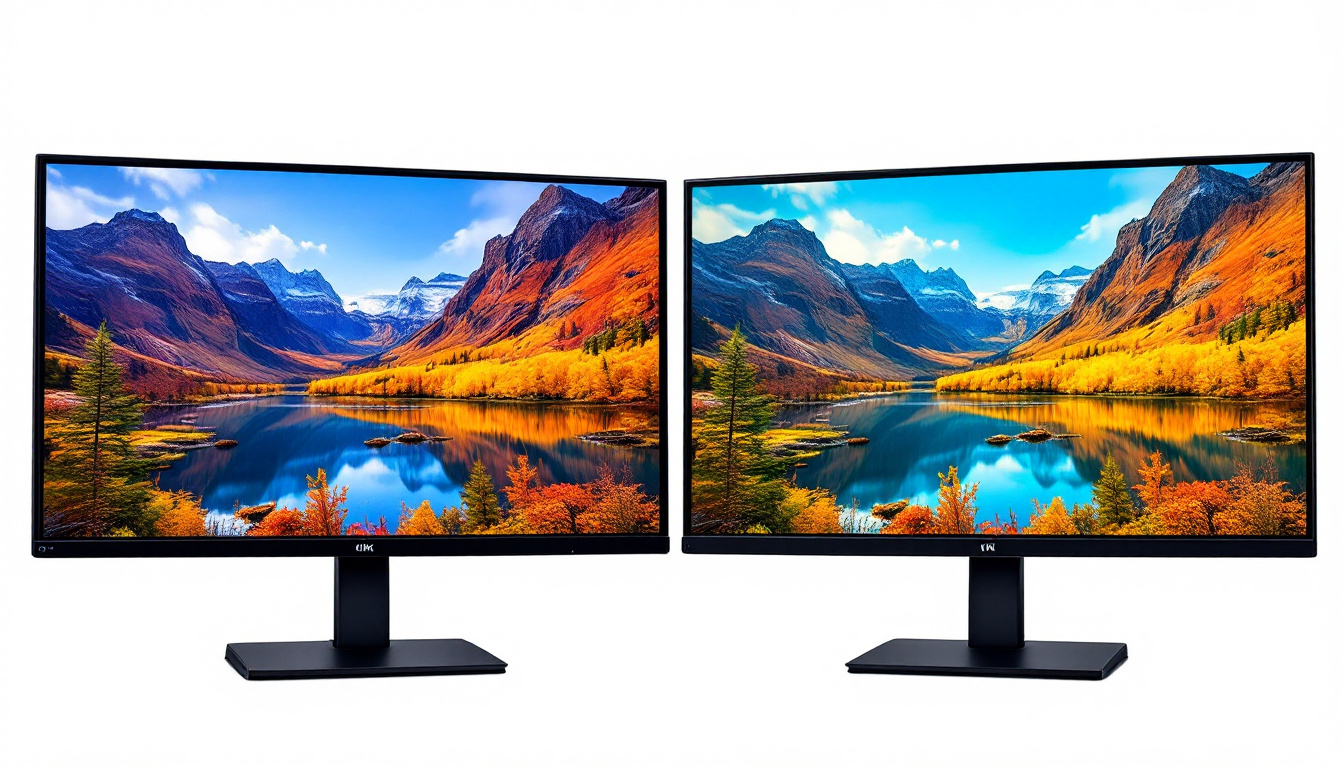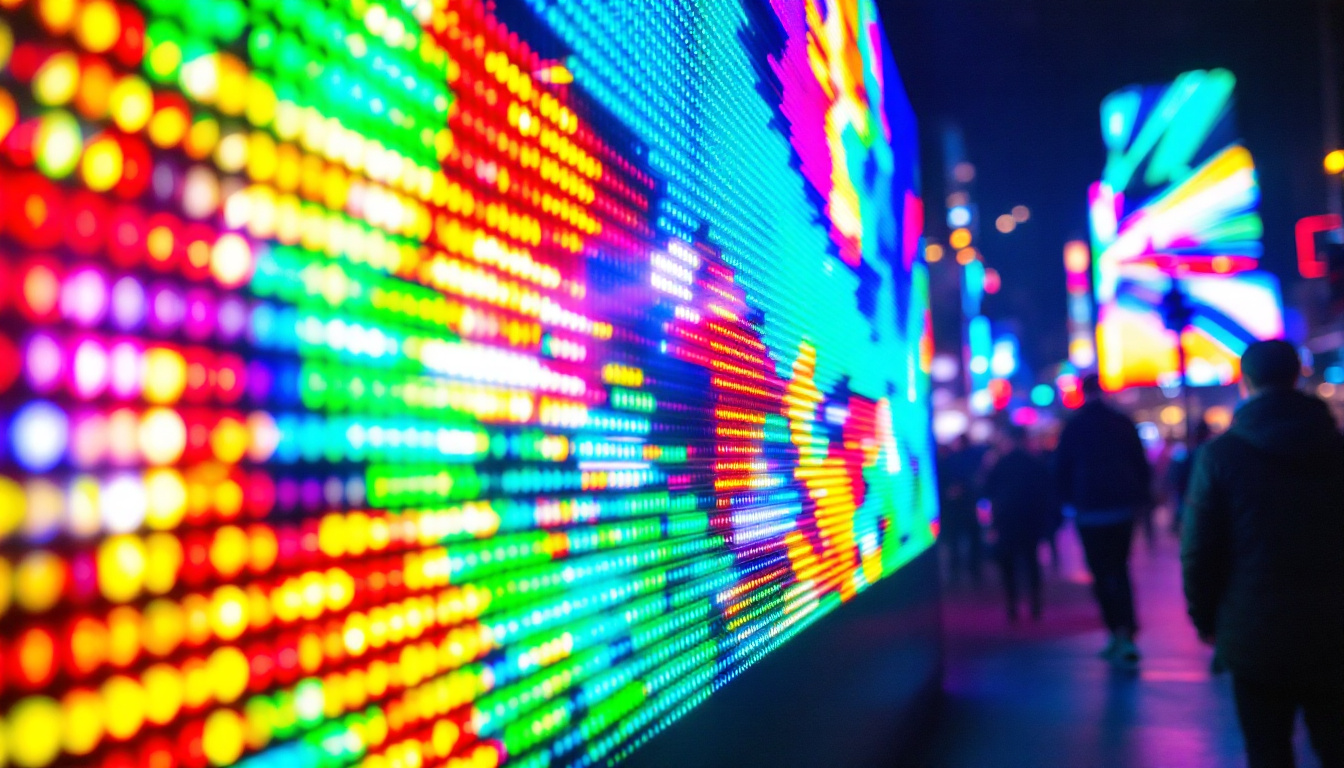In the ever-evolving world of technology, LED displays have become a staple in various applications, from televisions and smartphones to large-scale advertising boards. Understanding how these displays work, particularly the concept of inch representation, is crucial for consumers and professionals alike. This article delves into the intricacies of LED displays, exploring their construction, functionality, and the significance of size representation in inches.
Understanding LED Technology
Light Emitting Diodes (LEDs) are semiconductor devices that emit light when an electric current passes through them. The basic principle behind LED technology is relatively simple, yet the applications are vast and varied. LEDs are known for their energy efficiency, longevity, and versatility, making them an ideal choice for display technologies.
The Anatomy of an LED Display
An LED display is composed of numerous tiny LEDs arranged in a grid format. Each individual LED acts as a pixel, contributing to the overall image quality. The arrangement and density of these pixels determine the display’s resolution and clarity. In larger displays, such as those used for advertising or public information, the pixel pitch—the distance between the centers of two adjacent pixels—plays a vital role in the viewing experience.
Typically, LED displays can be categorized into two main types: direct view and backlit. Direct view LED displays consist of individual LEDs that emit light directly, while backlit displays use LEDs to illuminate a liquid crystal display (LCD) panel. Each type has its advantages and disadvantages, depending on the intended application. For instance, direct view displays are often favored for outdoor advertising due to their high brightness and ability to withstand various weather conditions, whereas backlit displays are more common in consumer electronics like televisions and computer monitors, where color accuracy and uniformity are paramount.
Benefits of LED Displays
LED displays offer numerous benefits over traditional display technologies. One of the most notable advantages is their energy efficiency. LEDs consume significantly less power than incandescent or fluorescent bulbs, making them a more environmentally friendly option.
Additionally, LED displays provide brighter images with higher contrast ratios, enhancing visibility even in brightly lit environments. Their compact size and lightweight nature also allow for flexible installation options, enabling creative designs in various settings. Furthermore, the durability of LEDs means they can operate for tens of thousands of hours without significant degradation, reducing maintenance costs and the need for frequent replacements. This longevity not only contributes to lower operational costs but also aligns with sustainability goals, as fewer resources are consumed over time. As technology continues to evolve, we can expect to see even more innovative applications of LED displays, from smart cities utilizing dynamic signage to immersive experiences in entertainment venues.
Inch Representation: What Does It Mean?
Inch representation refers to the measurement of a display’s diagonal size, typically expressed in inches. This measurement is crucial for consumers when selecting a display, as it provides a quick reference for the overall size of the screen. However, understanding what this measurement entails goes beyond just numbers.
The Importance of Diagonal Measurement
The diagonal measurement is the standard method for representing the size of displays, including LED screens. This convention dates back to the early days of television and has persisted due to its simplicity and effectiveness. By measuring diagonally, consumers can easily compare the size of different displays without needing to consider the aspect ratio or shape of the screen.
For instance, a 55-inch LED TV will have a diagonal measurement of 55 inches from one corner of the screen to the opposite corner. This measurement allows consumers to visualize the size of the display in relation to their viewing space, making it easier to choose a model that fits their needs. Additionally, the diagonal measurement can influence the perceived size of the screen when viewed from various distances, as larger screens can create a more immersive experience, especially in larger rooms or home theaters.
Aspect Ratio and Its Impact
While diagonal measurement provides a general idea of size, it is essential to consider the aspect ratio as well. The aspect ratio is the ratio of the width to the height of the display. Common aspect ratios include 16:9 for widescreen televisions and 4:3 for older models.
For example, a 55-inch LED display with a 16:9 aspect ratio will have different width and height dimensions compared to a 55-inch display with a 4:3 aspect ratio. This difference can significantly impact the viewing experience, especially in applications like gaming or movie watching, where the content is often optimized for specific aspect ratios. Moreover, modern content is increasingly produced in widescreen formats, making a 16:9 display more suitable for contemporary viewing habits. As a result, consumers should not only focus on the diagonal size but also consider how the aspect ratio aligns with their preferred content types, ensuring they get the best possible experience from their display.
Choosing the Right Size for Your Needs
Selecting the appropriate size for an LED display involves considering several factors, including viewing distance, room size, and intended use. Understanding these elements can help ensure that the chosen display meets both aesthetic and functional requirements.
Viewing Distance Considerations
The optimal viewing distance is a critical factor when determining the size of an LED display. Generally, the larger the screen, the farther away viewers should sit to avoid eye strain and ensure a comfortable viewing experience. A common guideline is that the viewing distance should be approximately 1.5 to 2.5 times the diagonal size of the screen.
For instance, if you have a 55-inch LED display, the ideal viewing distance would range from about 6.5 to 11.5 feet. This distance allows viewers to appreciate the detail and clarity of the display without feeling overwhelmed by the size.
Room Size and Layout
The size and layout of the room also play a significant role in determining the appropriate display size. In smaller rooms, a large display may dominate the space and create an uncomfortable viewing experience. Conversely, in larger rooms, a smaller display may appear insignificant and fail to capture the audience’s attention.
When assessing room size, consider the wall space available for mounting or placing the display, as well as the overall decor and design. A well-proportioned display can enhance the aesthetic appeal of a room while providing a functional viewing experience.
Common Applications of LED Displays
LED displays are utilized in a wide range of applications, each with its unique requirements and challenges. Understanding these applications can provide insight into the versatility of LED technology and its impact on various industries.
Commercial Advertising
One of the most prominent applications of LED displays is in commercial advertising. Digital billboards and signage have revolutionized the way businesses promote their products and services. The vibrant colors and high brightness of LED displays capture the attention of passersby, making them an effective marketing tool.
Moreover, the ability to change content quickly and easily allows advertisers to tailor their messages to specific audiences or events. This flexibility can lead to increased engagement and higher conversion rates, making LED displays a valuable asset for businesses.
Entertainment and Events
In the entertainment industry, LED displays play a crucial role in enhancing the audience experience. Concerts, sporting events, and theatrical performances often utilize large LED screens to display visuals, live feeds, and information. These displays create an immersive environment, allowing audiences to engage with the performance on a deeper level.
Additionally, LED technology is increasingly used in home theaters, providing consumers with high-quality visuals for movies and gaming. The combination of size, resolution, and color accuracy makes LED displays a popular choice for entertainment enthusiasts.
Future Trends in LED Display Technology
The LED display industry is continually evolving, with advancements in technology paving the way for new possibilities. As consumer demands change and technology progresses, several trends are emerging that could shape the future of LED displays.
Higher Resolutions and Pixel Density
As technology advances, the demand for higher resolutions and pixel density is on the rise. Consumers are increasingly seeking displays that offer exceptional clarity and detail, particularly for applications such as gaming and professional design work. Manufacturers are responding by developing displays with higher pixel counts, resulting in sharper images and improved overall quality.
For instance, 8K resolution is becoming more accessible, offering four times the resolution of 4K displays. This trend is likely to continue as content creation evolves and consumers seek out the best possible viewing experiences.
Flexible and Transparent Displays
Another exciting trend in LED display technology is the development of flexible and transparent displays. These innovative designs allow for new applications, such as curved screens and displays integrated into windows or walls. The versatility of flexible displays opens up possibilities for creative installations in both commercial and residential settings.
Transparent displays, on the other hand, can provide information without obstructing views, making them ideal for retail environments and augmented reality applications. As these technologies mature, they are expected to transform the way consumers interact with displays.
Conclusion
LED displays have revolutionized the way we experience visual content, offering vibrant colors, energy efficiency, and versatility. Understanding inch representation and its implications is essential for making informed decisions when selecting a display. As technology continues to advance, the future of LED displays promises even more exciting innovations, ensuring that they remain a vital part of our daily lives.
Whether for commercial advertising, entertainment, or personal use, the impact of LED displays is undeniable. By staying informed about the latest trends and developments, consumers and professionals alike can harness the full potential of this remarkable technology.
Discover LumenMatrix’s Advanced LED Solutions
Ready to elevate your visual experience with the latest in LED display technology? LumenMatrix is at the forefront of innovation, offering a diverse range of LED display solutions tailored to meet your specific needs. From vibrant Indoor and Outdoor LED Wall Displays to dynamic Vehicle and Sports LED Displays, our products are designed to captivate and engage. Explore our cutting-edge Floor, Custom, All-in-One, and Transparent LED Displays to create unforgettable visual experiences. Embrace the future of visual communication with LumenMatrix and transform your space today. Check out LumenMatrix LED Display Solutions and see the difference for yourself.


